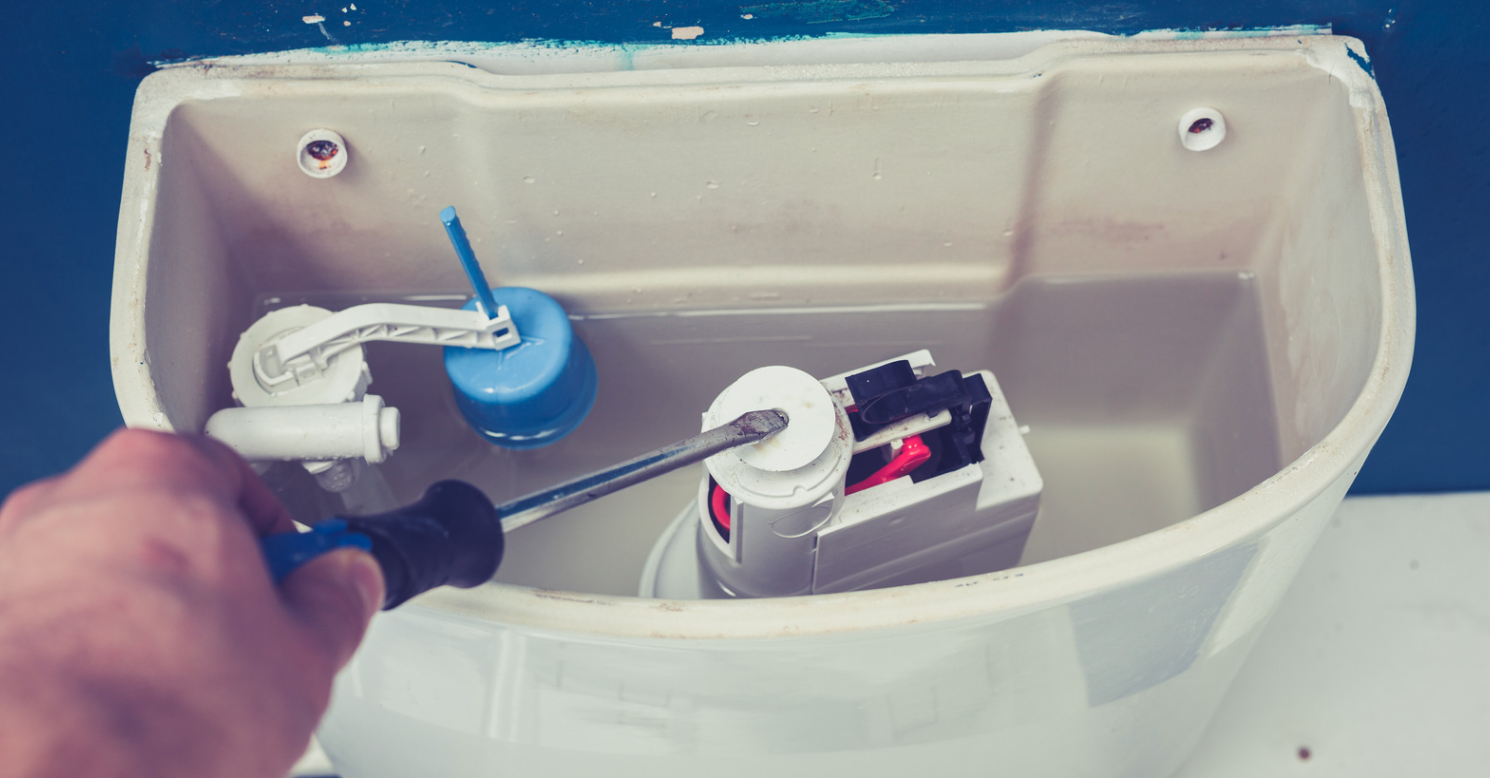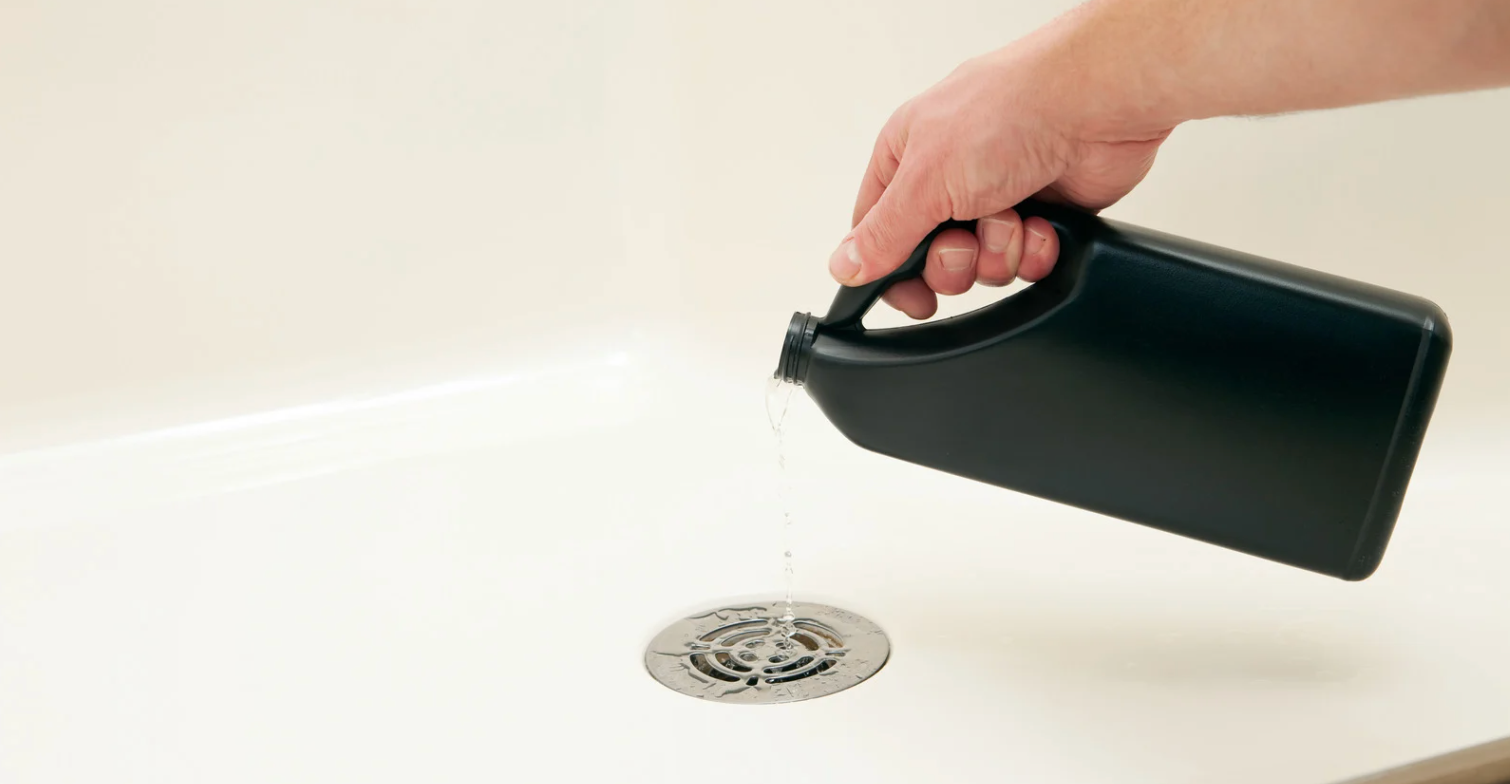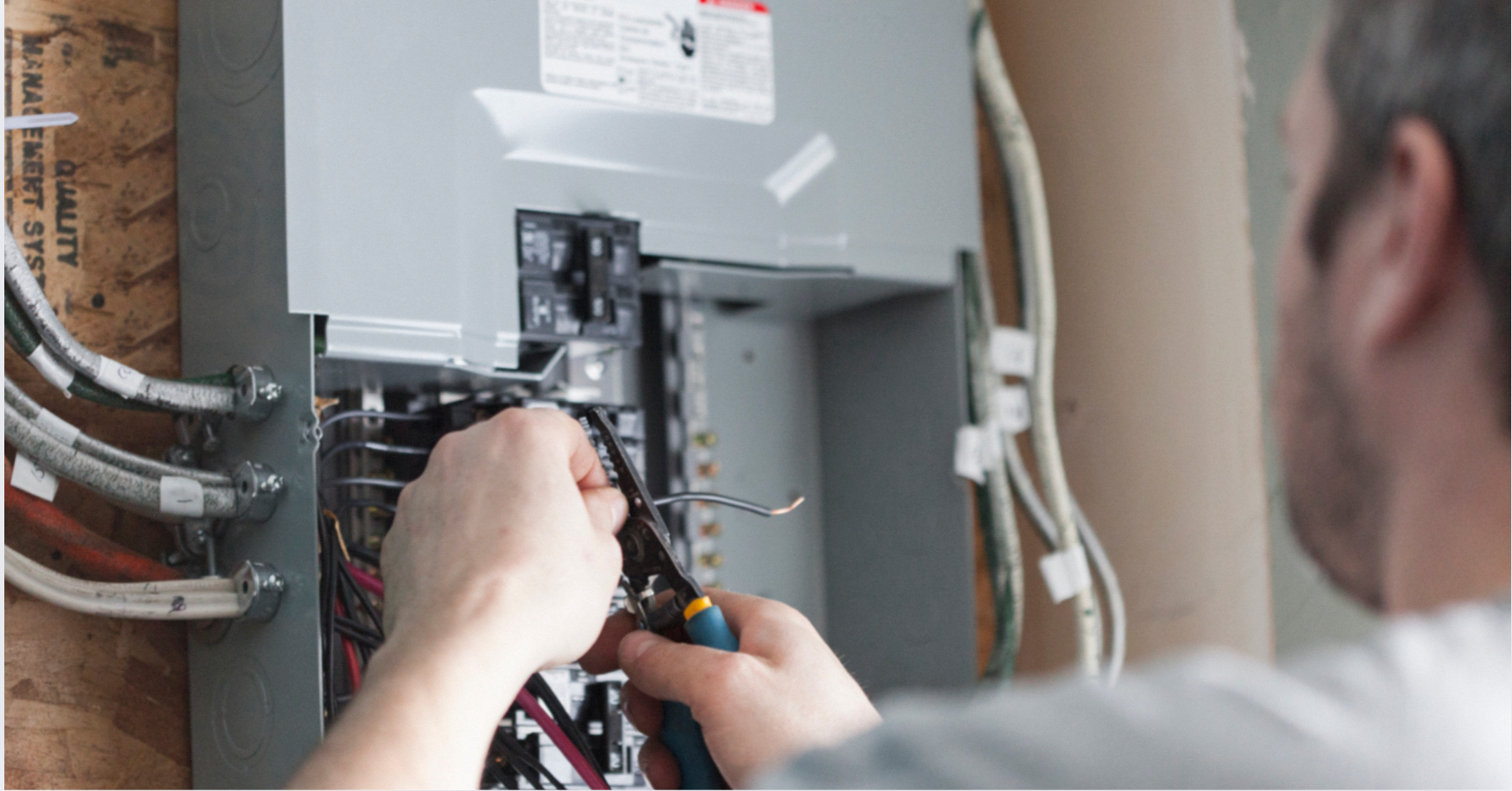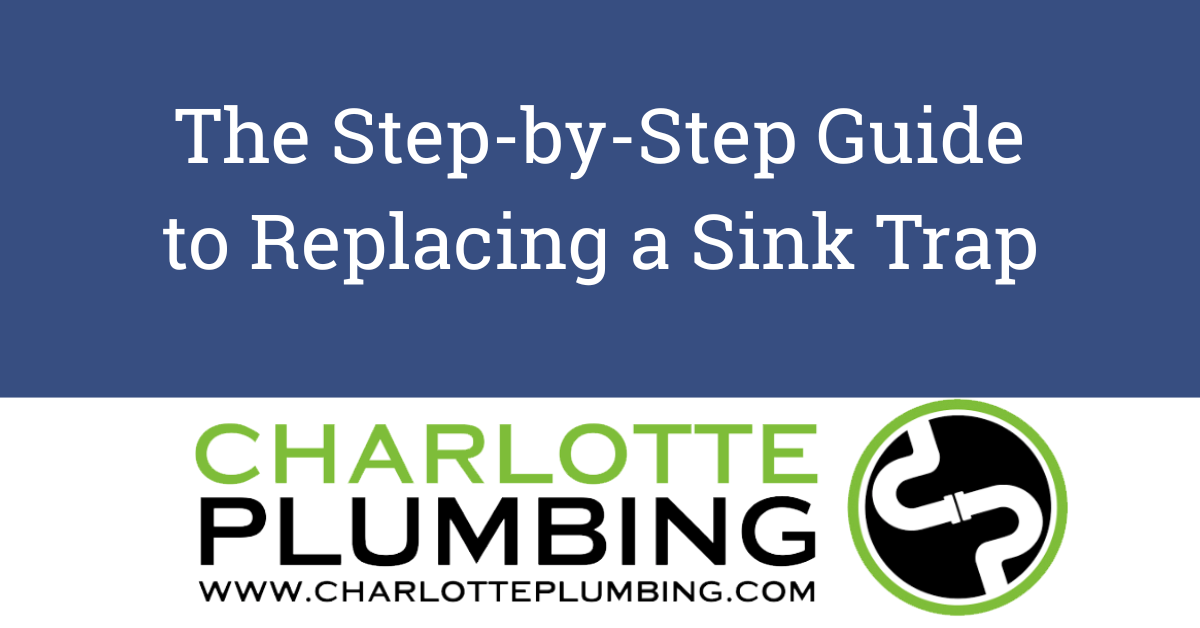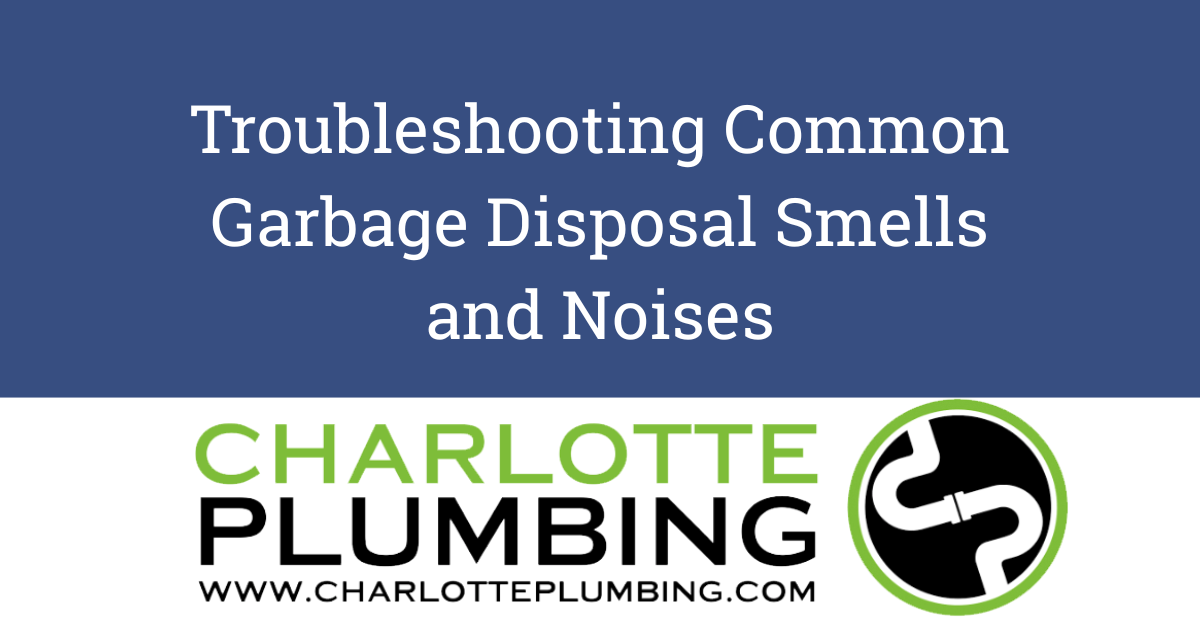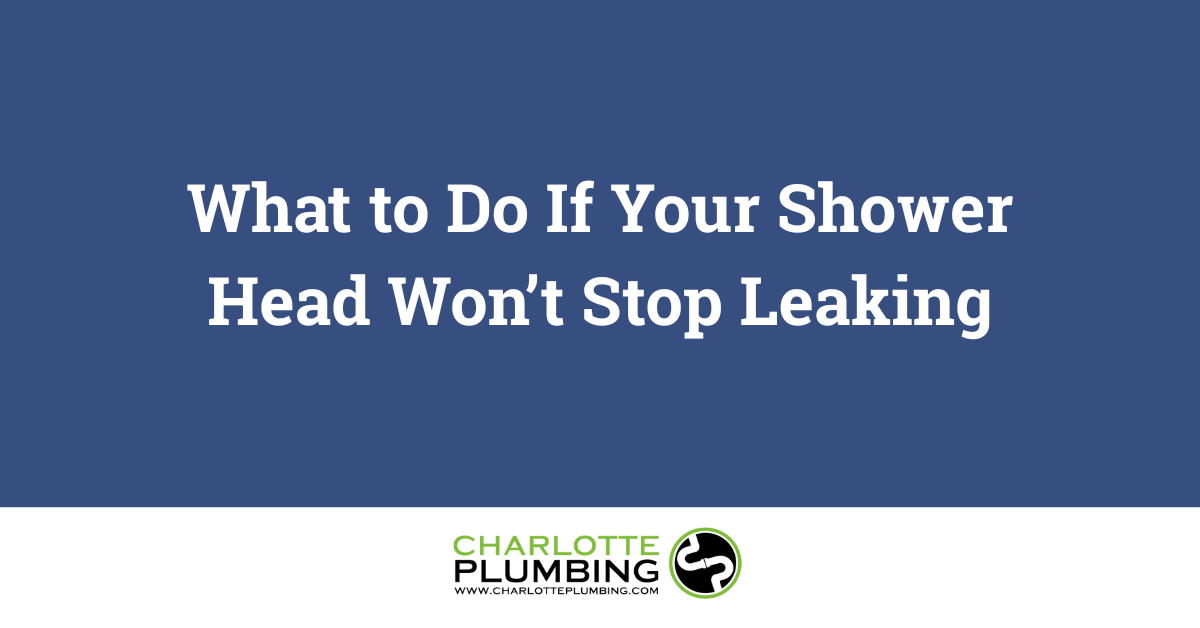The Right Way to Use Plumber’s Putty vs. Teflon Tape
If you’ve tackled a plumbing project at home, you’ve probably come across two common sealing products: plumber’s putty and Teflon tape (also known as thread seal tape). Both play an important role in preventing leaks — but they’re not interchangeable. At Charlotte Plumbing, we often see DIY jobs go sideways simply because the wrong sealant was used in the wrong place.
Here’s a breakdown of when to use each one — and how to use them the right way.
What Is Plumber’s Putty?
Plumber’s putty is a soft, pliable sealant used to create watertight seals around non-pressurized plumbing parts — most commonly in sinks, drains, and faucets. It remains flexible over time, making it ideal for areas that may need to be adjusted or removed later.
When to Use Plumber’s Putty:
When Not to Use Plumber’s Putty:
How to Use It Properly:
- Roll the putty between your hands to form a rope about the thickness of a pencil.
- Press it into place around the fixture base or flange.
- Tighten the parts together — the excess putty will squeeze out.
- Wipe away any excess for a clean finish.
What Is Teflon Tape?
Teflon tape is a thin white tape used to seal threaded pipe joints, especially on pressurized lines. It helps prevent leaks by filling small gaps in the threads and creating a tighter seal as connections are tightened.
When to Use Teflon Tape:
When Not to Use Teflon Tape:
How to Use It Properly:
- Clean the threads of the male fitting.
- Wrap the tape clockwise (same direction the fitting will turn) 3–5 times around the threads.
- Press the tape into the threads for a snug fit.
- Tighten the connection securely.
Common DIY Mistakes to Avoid
If you’re unsure which to use — or if a leak keeps coming back — it may be time to bring in a professional.
Call Charlotte Plumbing for Expert Repairs and Installations
The right sealant makes all the difference between a watertight fix and a persistent drip. At Charlotte Plumbing, we help homeowners across the Charlotte area get plumbing repairs done right the first time. Whether you’re replacing a faucet, sealing a drain, or installing a new appliance, our experienced team is just a call away.
Need help with a leak or plumbing project? Contact Charlotte Plumbing today — we’ll seal the deal with expert service and guaranteed peace of mind.
